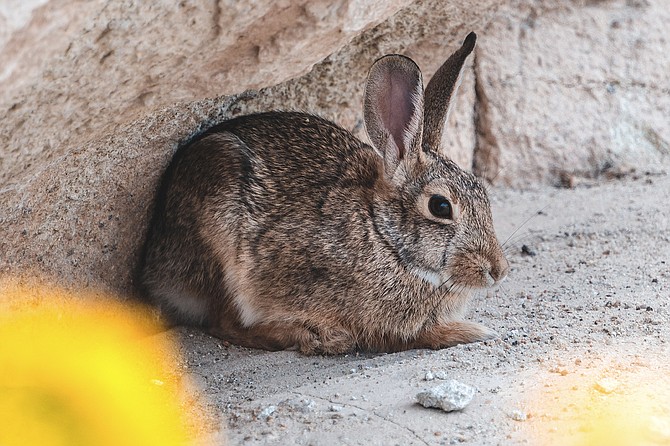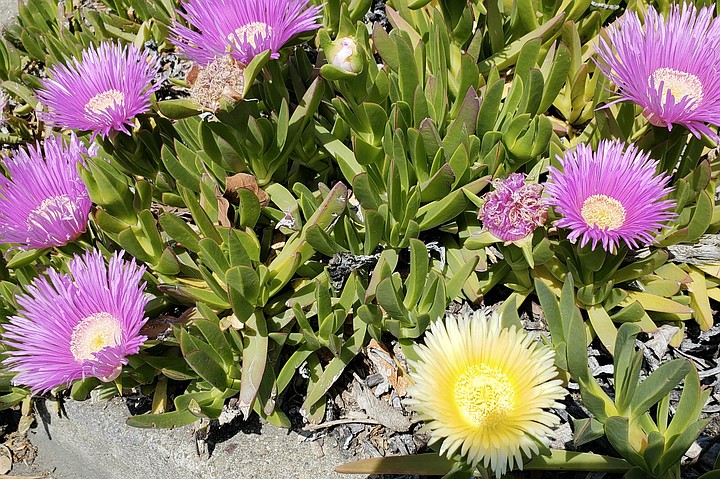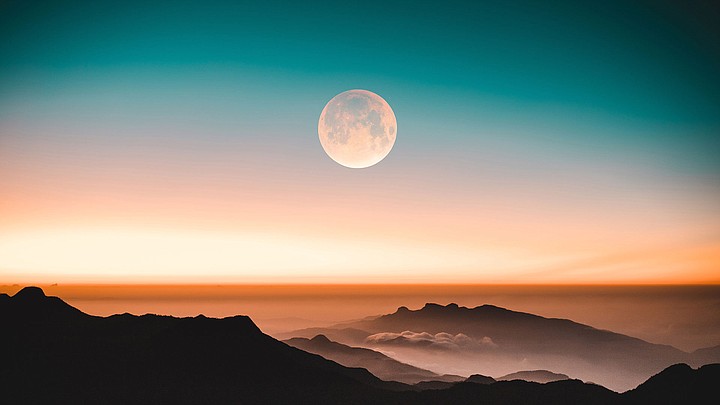 Facebook
Facebook
 X
X
 Instagram
Instagram
 TikTok
TikTok
 Youtube
Youtube

Happy Year of the Rabbit! San Diego’s three native rabbit species are the black-tailed jackrabbit, desert cottontail, and brush rabbit. Large rabbit populations are a sign of healthy grasslands, and after the recent rains, our grasslands should be jumping with rabbits in the coming months. They tend to graze toward the edges of meadows where they can keep predators in sight, and this helps the grassland by preventing larger scrubland plants from spreading and overtaking the grass. Rabbits are also partial to autocoprophagia — eating their own poop. They have inefficient digestive systems, and their poop has leftover nutrients that can be digested the second time around. Also, the bacteria in their poop provides vitamin B12.

Ice plant is responsible for many of the carpet-like splashes of yellow, pink, red, and purple we’re beginning to see around San Diego. Popular as a ground cover for concealing and stabilizing road cuts or any other easily eroded slope, ice plant covers the shoreline bluffs at La Jolla, freeway and road enbankments all over town, and front and back yards from Point Loma to El Cajon. Ice plant is native to South Africa, and is often sold in nurseries in San Diego despite being an invasive species.

February’s full moon was on on Sunday, February 5. For the best view of the moon this time of year, remember: it rises right before sunset and will drift above the horizon in the east and reach its highest point in the sky around midnight. You can watch it fade in the dawn’s glare while it sinks into the Pacific. Whenever the moon is seen near the horizon, it seems to be larger than life. There have been many attempts to explain the visual effect, called the “moon illusion,” but it appears to be purely psychological.


Happy Year of the Rabbit! San Diego’s three native rabbit species are the black-tailed jackrabbit, desert cottontail, and brush rabbit. Large rabbit populations are a sign of healthy grasslands, and after the recent rains, our grasslands should be jumping with rabbits in the coming months. They tend to graze toward the edges of meadows where they can keep predators in sight, and this helps the grassland by preventing larger scrubland plants from spreading and overtaking the grass. Rabbits are also partial to autocoprophagia — eating their own poop. They have inefficient digestive systems, and their poop has leftover nutrients that can be digested the second time around. Also, the bacteria in their poop provides vitamin B12.

Ice plant is responsible for many of the carpet-like splashes of yellow, pink, red, and purple we’re beginning to see around San Diego. Popular as a ground cover for concealing and stabilizing road cuts or any other easily eroded slope, ice plant covers the shoreline bluffs at La Jolla, freeway and road enbankments all over town, and front and back yards from Point Loma to El Cajon. Ice plant is native to South Africa, and is often sold in nurseries in San Diego despite being an invasive species.

February’s full moon was on on Sunday, February 5. For the best view of the moon this time of year, remember: it rises right before sunset and will drift above the horizon in the east and reach its highest point in the sky around midnight. You can watch it fade in the dawn’s glare while it sinks into the Pacific. Whenever the moon is seen near the horizon, it seems to be larger than life. There have been many attempts to explain the visual effect, called the “moon illusion,” but it appears to be purely psychological.
Comments